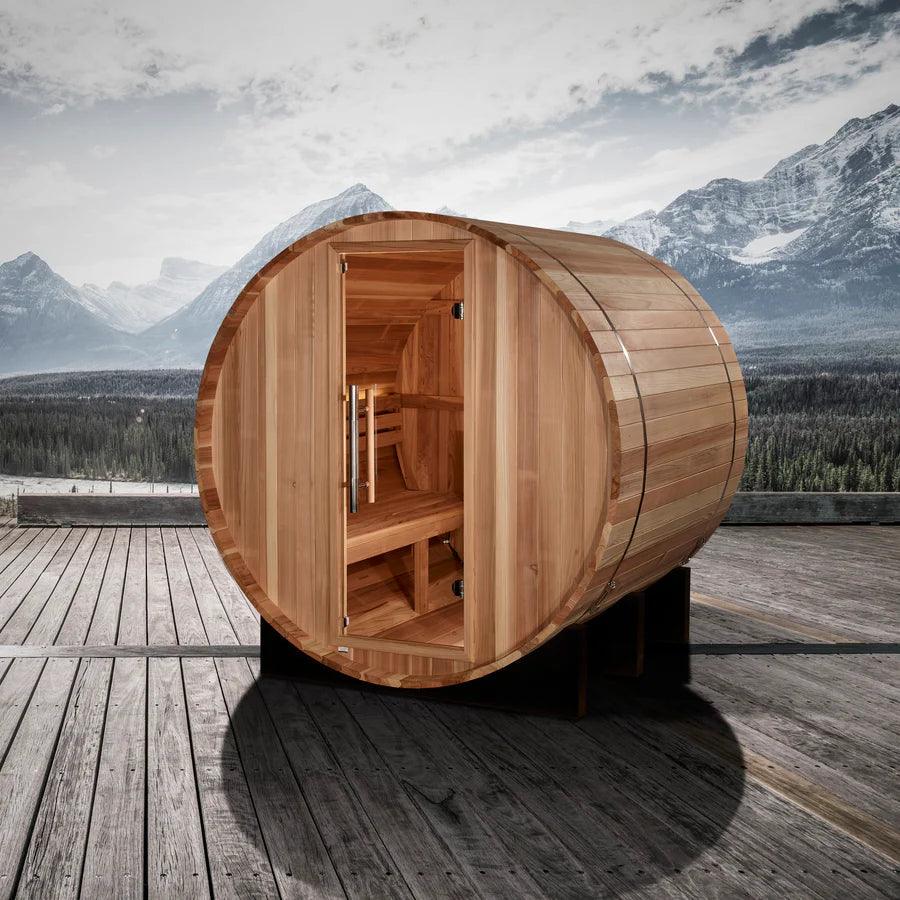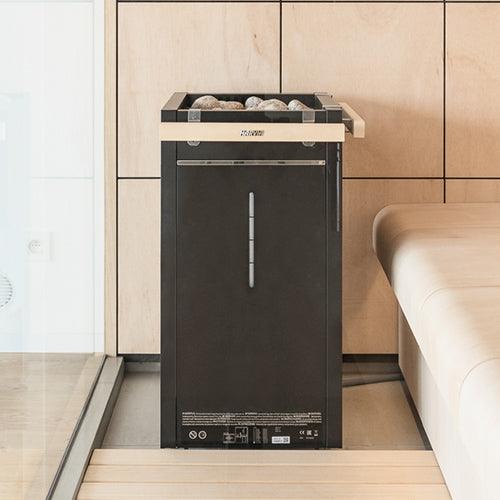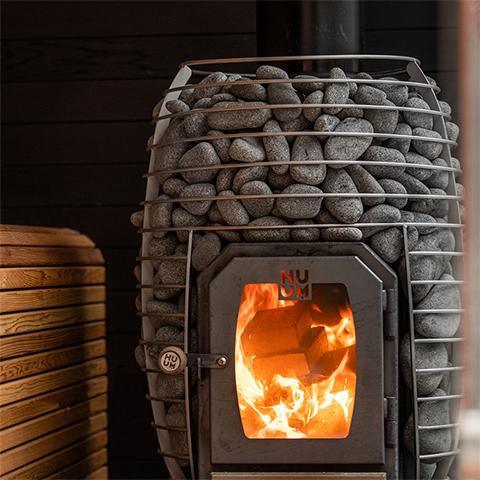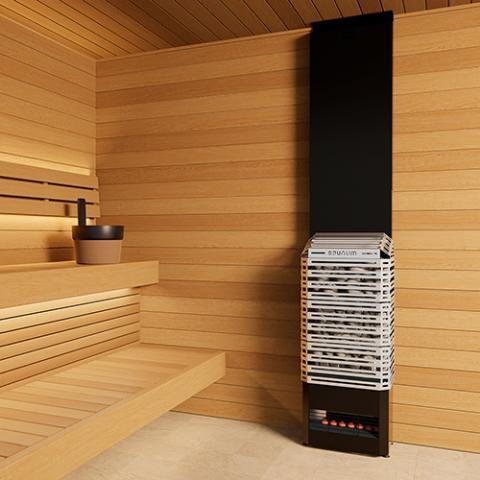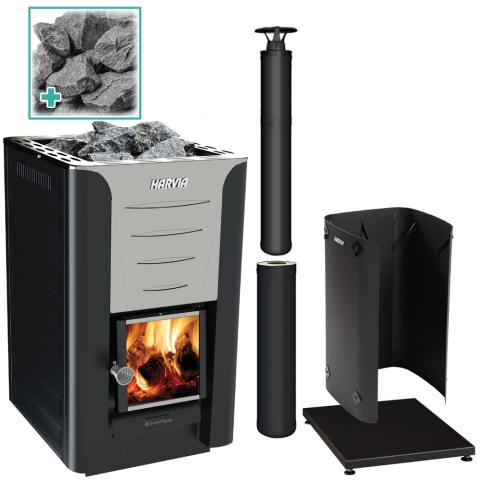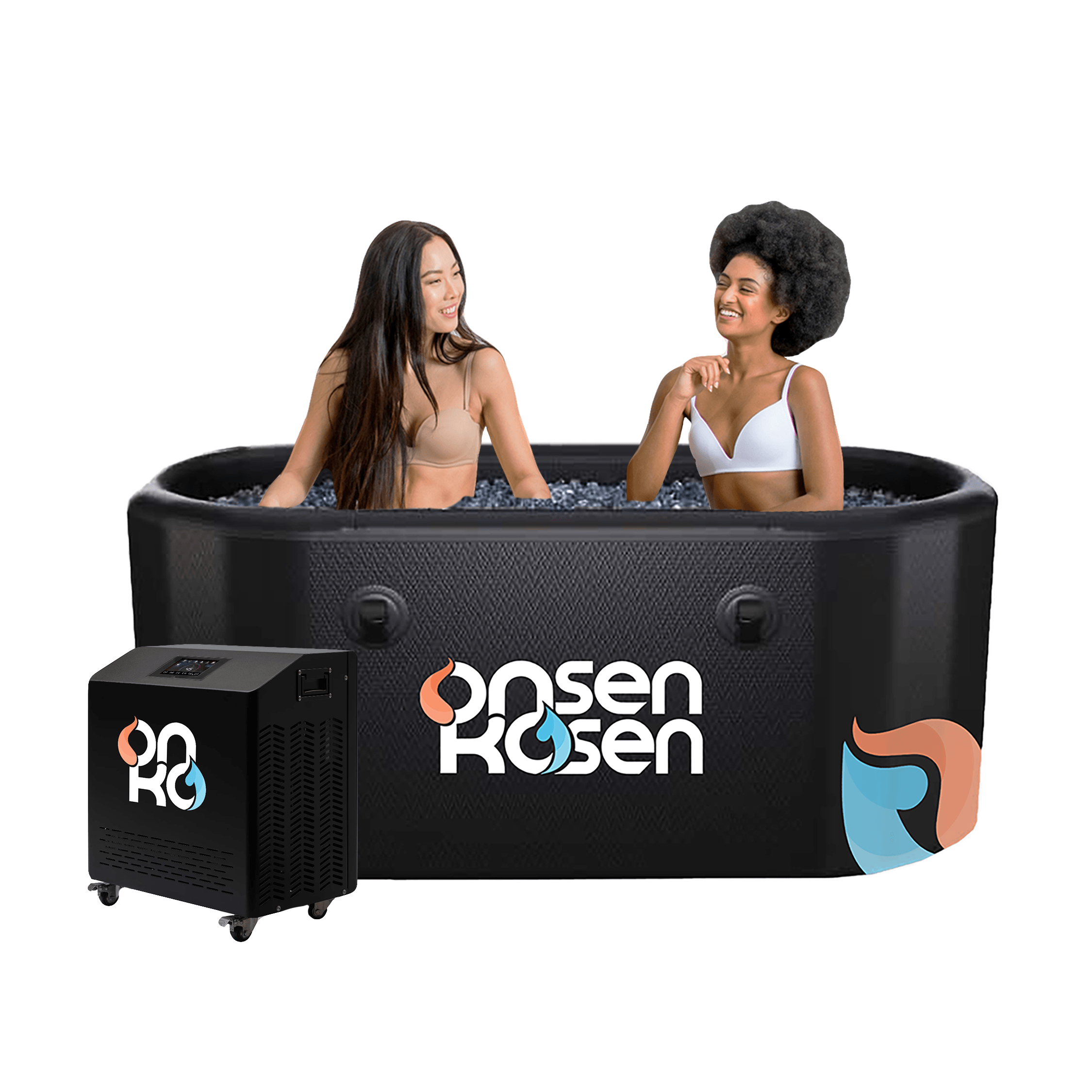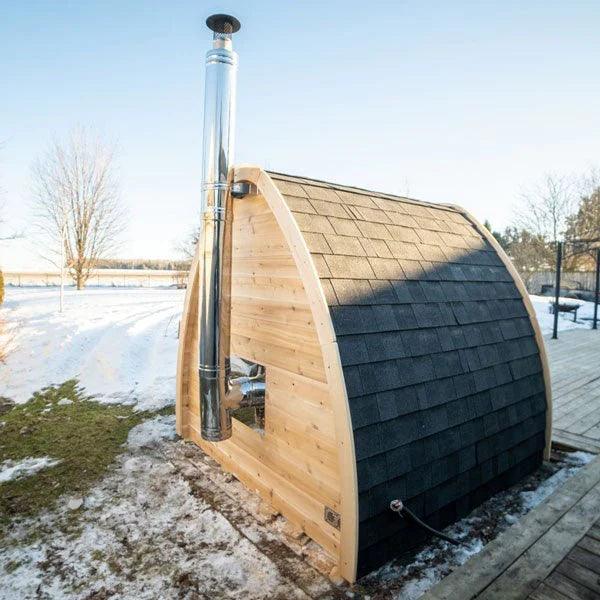The Pure Sauna is now knows as SplashBlaze
It’s a widely known fact that there are many health benefits you can get when using saunas. However, there’s constant competition between infrared and traditional saunas in the market. Many people are still confused about what differences they actually have.
That’s why, in this article, we’ll focus on infrared sauna vs traditional sauna. We’ll discuss all the differences between the two so you can choose the most suitable one for your needs and your home.
Traditional vs Infrared Sauna
A sauna, in general, is a room or house designed to provide steam baths and help people relax. Depending on the type of sauna, you can try different ways or heaters to heat the sauna and create moisture inside. But, the original and first type of sauna is the traditional sauna or steam sauna.
What Is a Traditional Sauna?
The traditional sauna can be traced back to ancient times and is used as a part of traditional medicine in many different cultures. Traditional saunas are wooden chambers that use, traditionally, a pile of rocks that are heated by burning wood. To create steam and lots of humidity inside, water will be then poured over these heated stones.
But, nowadays, traditional saunas commonly use electric heaters to heat and steam the place. With a traditional one, the air inside the room is heated to induce you to sweat and enjoy a sauna’s many health benefits.
What Is an Infrared Sauna?
An infrared sauna, on the other hand, is like a modern spin on the traditional sauna experience. Although it’s the same wooden room or chamber, it uses a completely different heating system. Instead of stones or electric heaters, IR saunas use infrared heaters that emit infrared heat waves inside the room.
There’s no steam in infrared saunas since the infrared rays directly heat up the bather’s body, not the overall temperature or air of the room. This type of heat can penetrate the skin and raise the core body temperature. This would cause you to sweat more profusely than when you’re in a traditional sauna.
Infrared vs Traditional Sauna Health Benefits
Sauna sessions, as a whole, offer many health benefits, whether you’re using a traditional sauna or an infrared one. Still, infrared sauna vs traditional sauna does come with some differences in health benefits.
A regular sauna session of either type has the following health benefits:
- Deep relaxation
- Better sleep
- Improves skin properties
- Aids in cardiovascular health and disease
- Detoxification
- Works well for exercise, wellness, and recovery
- Reducing chronic pain and fatigue
Health Benefits of Traditional Saunas
Steam or traditional saunas are known to be good for:
- Blood Flow: With the heat in the room, your body temperature will start to rise as well, increasing your heart rate. With an increased heart rate, your overall blood flow increases or improves as well since your heart has to pump harder.
- Alzheimer’s and Dementia: There's reduced blood pressure and inflammation and improved vascular function. This reduces risk factors linked to dementia and Alzheimer’s.
- Respiratory Issues and Pneumonia: With regular sessions, the heart and lungs can be strengthened and inflammation is reduced, which helps in preventing you from developing respiratory issues and pneumonia.
Health Benefits of Infrared Saunas
On the other hand, benefits from using an infrared sauna tend to be on a deeper scale. These benefits include:
- Anti-Aging Properties: Since a sauna session detoxifies the skin, you can get cleaner and clearer skin with restored natural moisture levels. The skin is rejuvenated, making it look bright and alive. Moreover, collagen production is enhanced. This reverses skin aging and improves elasticity and complexion.
- Improved Blood Circulation: The warmth induced in the body causes the blood vessels to expand, which improves your heart’s health and the elasticity of your arteries. This means your blood and oxygen can smoothly circulate in the body as well.
- Better Muscle Recovery: The heat penetrates the body and improves blood circulation. This results in essential nutrients and oxygen reaching all the muscles more quickly. This reduces inflammation in the muscles and facilitates muscle repair and growth.
- Boosts Metabolism: When your heart beats faster due to the heat, your metabolism also speeds up. With a faster metabolism, detoxification happens faster and calorie burn is increased. That’s why some people use saunas to help them lose weight as it helps burn fat while you relax.
Infrared Sauna vs Traditional Sauna Cost
Generally, traditional saunas tend to cost more than infrared ones. Although the price is influenced by many other factors like the size of the unit, traditional saunas as a type of sauna are just more expensive to buy mainly because you need professional help to install it.
Entry-level traditional saunas can cost at least $4,000 to $7,500, with mid-range ones costing more and premium models costing at least $15,000.
Meanwhile, entry-level infrared saunas can cost at least $1799, the mid-range ones between $7,000 to $10,000, and the premium ones above $10,000.
More Differences Between Infrared and Traditional Saunas
Aside from the health benefits and cost differences, here are some more areas where infrared and traditional saunas differ:
Temperature
The temperature inside traditional saunas ranges between 150 to 190 degrees Fahrenheit, sometimes even higher than 190. This can produce humidity levels of between 20 to 40 percent, which induces profuse sweating.
On the other hand, infrared saunas have lower temperatures, ranging from 120 to 140 degrees Fahrenheit, sometimes even reaching up to 150 degrees.
Heating Time
Infrared and traditional saunas differ in the length of time they take to reach optimal temperature inside. Traditional saunas can take around 30 to 40 minutes of heating to reach the optimal operating temperature, where there’s soft heat and soft steam. Infrared ones, on the other hand, only take between 10 to 15 minutes to heat up since they heat your body directly, not the room.
Maintenance and Cleaning
Although saunas are generally low maintenance, the heating system of the two makes the cleaning processes different. For instance, traditional saunas are humid and moist so the wooden interior will be damp, which can attract molds and mildews. You’d have to check and clean this from time to time.
However, infrared saunas don’t have these issues since the moisture produced when using one is only from your body. This makes them easier to clean and care for.
Infrared vs Traditional Sauna: Which Is Better?
Infrared sauna vs traditional sauna shows lots of differences between the two sauna types. Although they’re different from each other, the health benefits they do offer are almost just similar to each other – helping you detoxify your body and relax after a long, tiring day.
Ultimately, the decision of which to choose and buy would depend on your preferences and buying capacity. If you want to look at your potential options, you can check our traditional or infrared sauna collection. Decide on what you want and find what suits you best!

